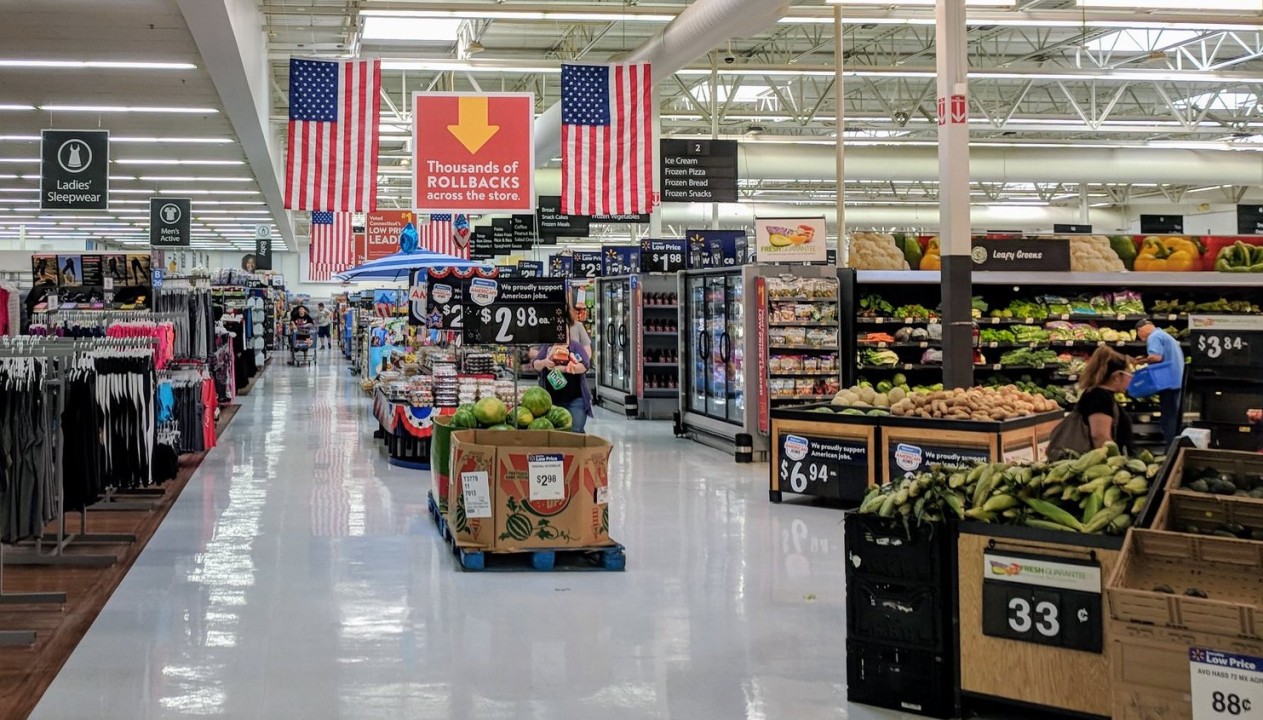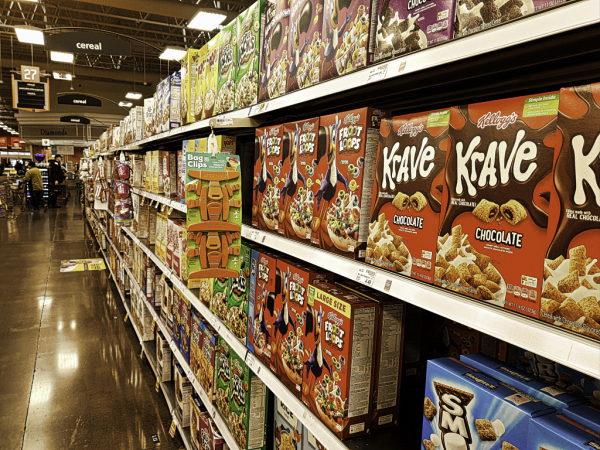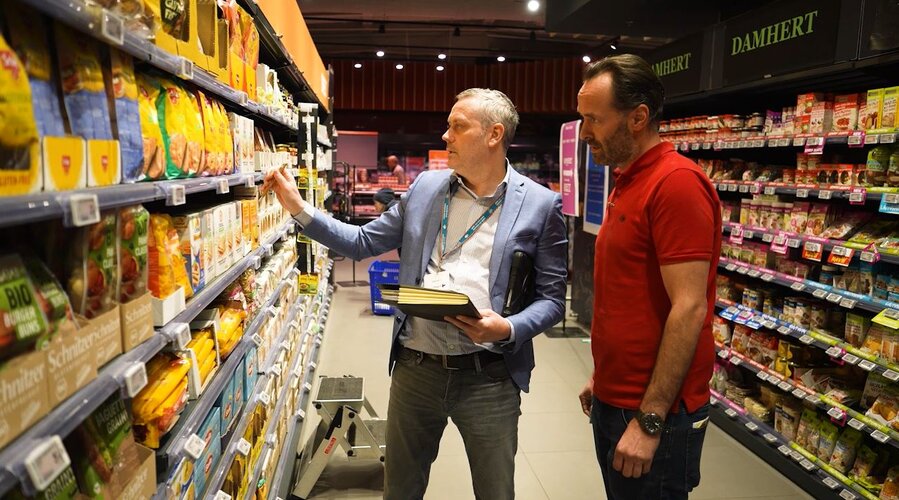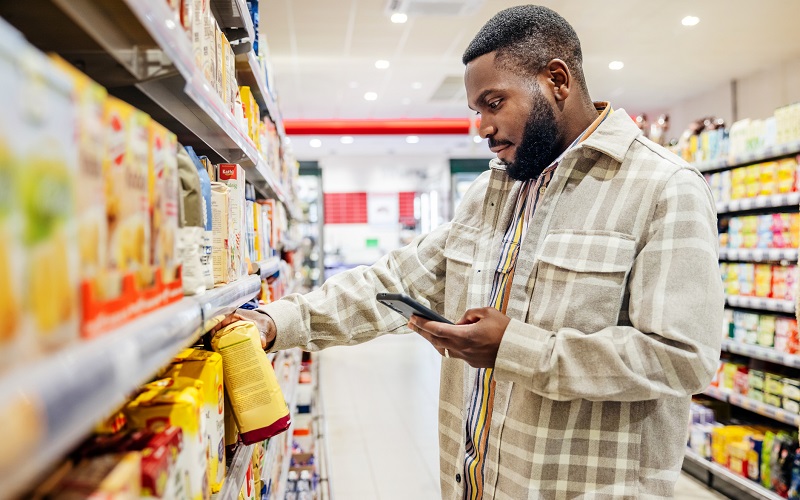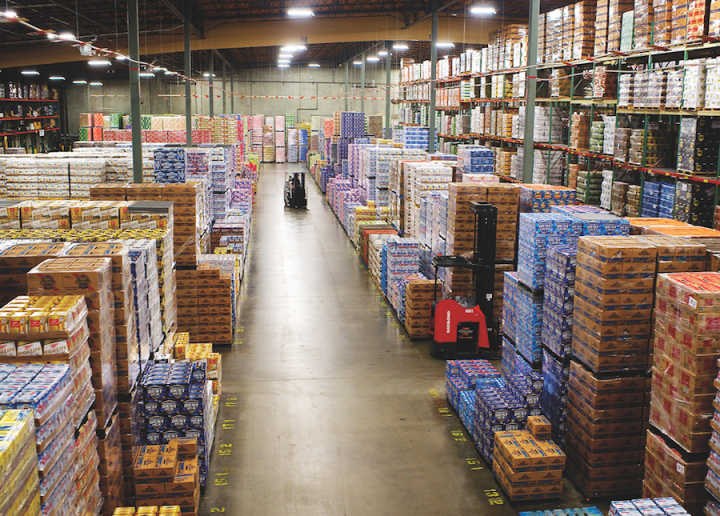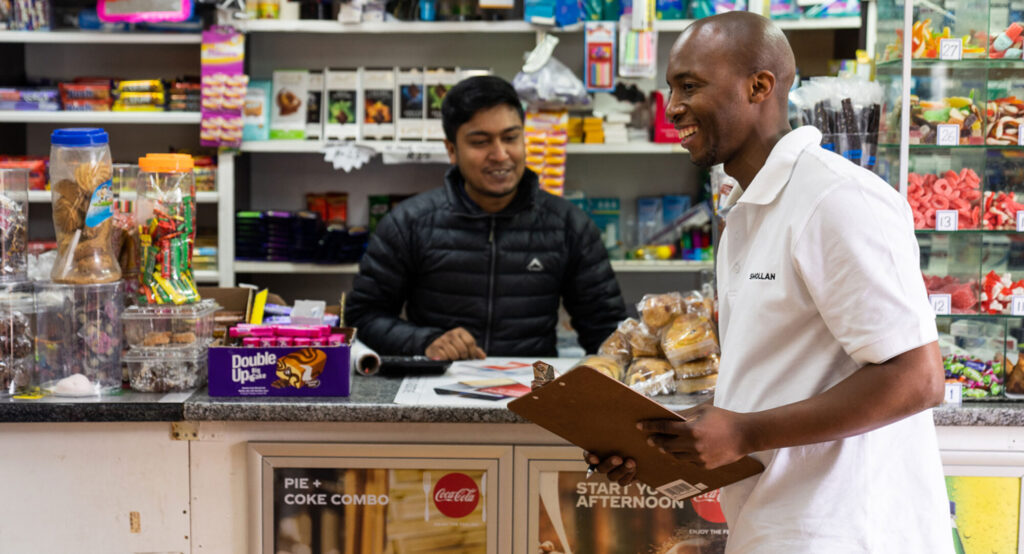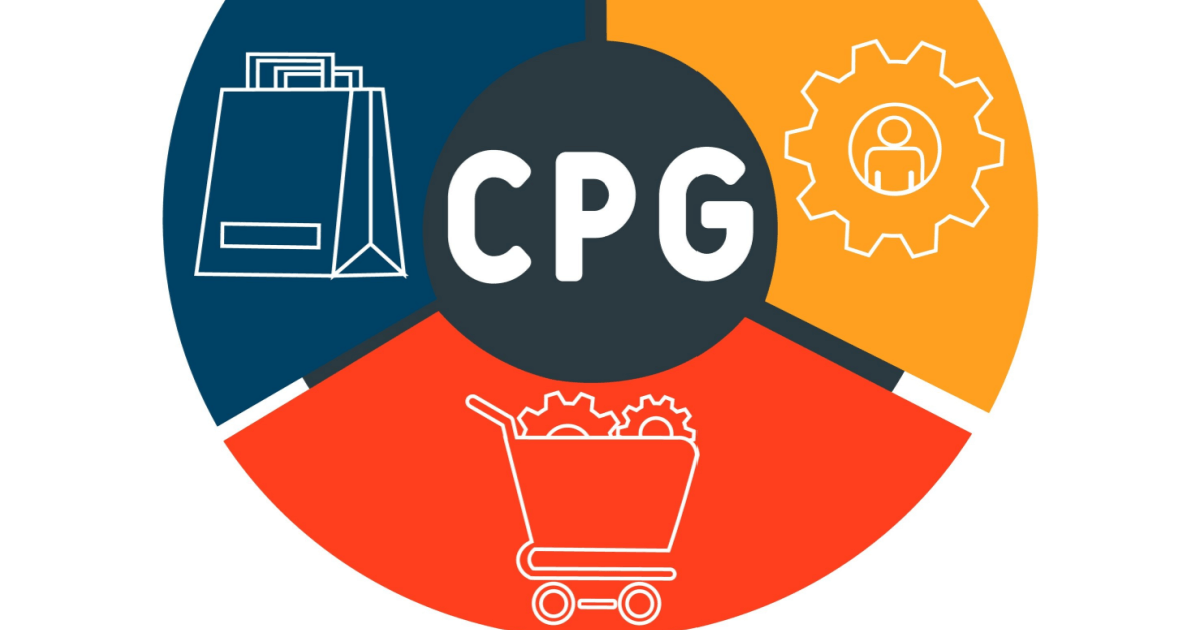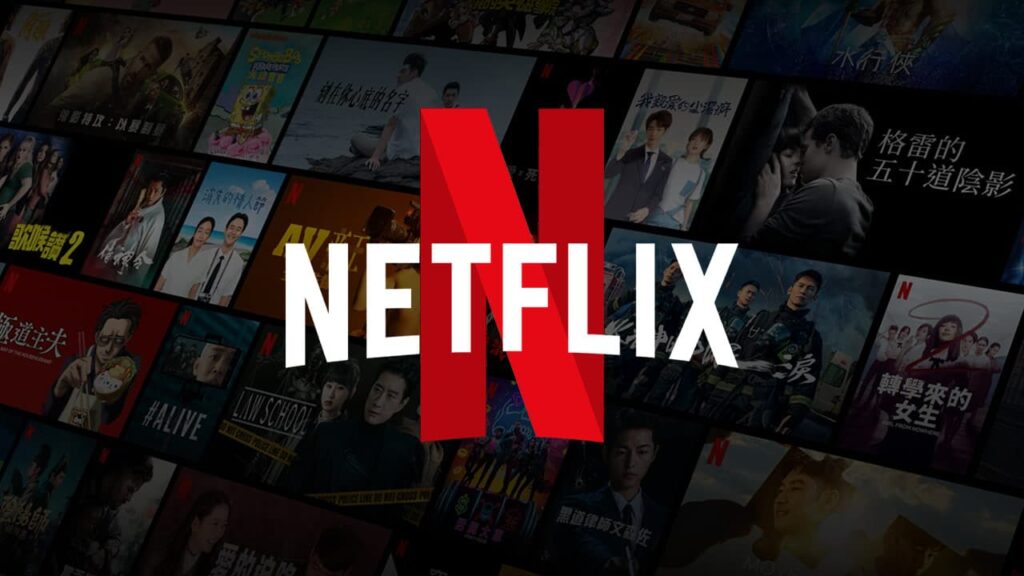Expanding into the U.S. market is a dream for many international brands, offering access to one of the largest consumer bases in the world. However, the reality is that most brands fail when trying to establish themselves in the U.S. despite their success in their home countries. From misjudging the competitive landscape to underestimating logistical challenges, many brands enter the market without a solid strategy, leading to costly failures.
Understanding why these failures happen is crucial to avoiding the same pitfalls. This article explores the most common reasons international brands fail in the U.S. and provides actionable strategies to succeed.
The common reasons international brands fail in the U.S.
1. Underestimating the complexity of the U.S. retail market
Many brands assume that entering the U.S. is simply about finding a distributor and securing shelf space in major retailers. The reality is far more complex. The U.S. retail landscape is:
- Highly fragmented: Unlike smaller countries where distribution is centralized, the U.S. has regional retail powerhouses (e.g., Publix in the Southeast, H-E-B in Texas) alongside national giants like Walmart and Kroger.
- Dominated by wholesalers: Most supermarket chains don’t buy directly from brands; they work through wholesalers who control access to multiple retailers.
- Aggressively competitive: Retailers prioritize shelf space for high-velocity products, and brands that don’t perform can be quickly replaced.
Brands that fail to understand this structure often waste time and money on strategies that don’t align with how products actually move through the U.S. market.
2. Poor product positioning and brand messaging
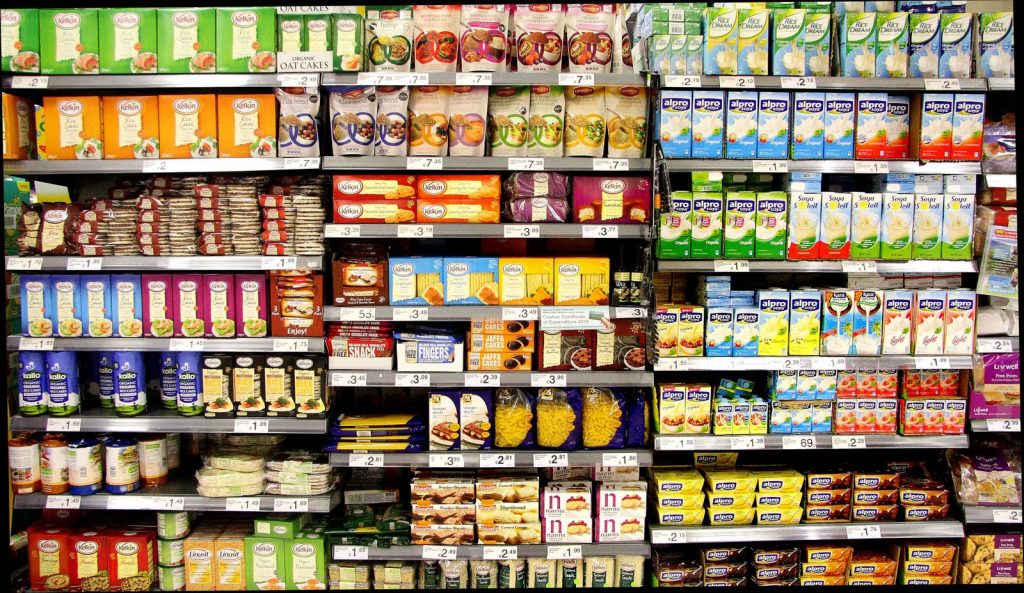
What works in one country does not always translate well in the U.S. International brands often:
- Fail to localize their messaging: Consumers in the U.S. may have different tastes, values, or buying behaviors. A brand that is seen as premium in Europe may not resonate the same way in the U.S. if its branding doesn’t align with local perceptions.
- Ignore cultural nuances: Something as simple as packaging color or phrasing can impact consumer reception. For example, products labeled “natural” or “organic” might need third-party certification (like USDA Organic) to gain trust.
- Overlook the importance of storytelling: American consumers respond well to brands with a strong, emotional narrative—why your brand exists, how it’s different, and why they should care.
3. Lack of a strong go-to-market strategy
Many brands enter the U.S. without a structured plan. The most common mistakes include:
- Trying to go national too quickly: Scaling too fast often leads to cash flow problems, supply chain breakdowns, and a lack of localized brand presence.
- Failing to secure the right retail partnerships: Without working with a broker who has existing relationships with wholesalers and buyers, brands struggle to gain traction.
- Neglecting the importance of field execution: Even after securing shelf space, failure to invest in merchandising, promotions, and in-store support can cause products to underperform and get removed from shelves.
4. Mismanagement of pricing and cost structures
Many international brands miscalculate the true cost of doing business in the U.S. Some of the key pricing missteps include:
- Ignoring distributor and retailer margins: Many brands don’t realize how much of their selling price is eaten up by wholesalers, brokers, slotting fees, and promotions.
- Not accounting for operational costs: From logistics and warehousing to trade marketing and compliance, operating in the U.S. is expensive.
- Overpricing or underpricing their products: Entering with the wrong price point can alienate potential buyers or position a brand incorrectly in the market.
5. Weak marketing and brand awareness
The U.S. market moves fast, and brands that fail to generate strong consumer demand risk being replaced by competitors. Mistakes in marketing include:
- Not investing in digital marketing and influencer partnerships: Traditional advertising alone is not enough—brands need a strong digital presence.
- Relying too much on retail partnerships: Expecting retailers to market a product for you is a critical mistake. Brands must actively invest in driving traffic and sales.
- Failing to build brand advocates: U.S. consumers trust peer recommendations and social proof more than direct advertising.
How to avoid these mistakes and build a winning U.S. strategy
Expanding successfully into the U.S. requires meticulous planning and execution. Here’s how brands can avoid common mistakes and set themselves up for long-term success.
1. Work with a broker to navigate wholesale and retail partnerships

One of the biggest advantages a brand can have is an experienced broker who:
- Has established relationships with wholesalers and buyers.
- Understands the regional retail landscape and can strategically place products.
- Provides ongoing support in negotiations, pricing, and distribution strategies.
Brokers streamline market entry by eliminating barriers that many brands struggle with for years.
2. Develop a market-specific positioning strategy
Instead of assuming that a brand’s existing messaging will work, brands should:
- Conduct market research to understand U.S. consumer preferences.
- Adapt packaging and branding to align with local expectations.
- Ensure product certifications (e.g., Non-GMO, Organic) to build credibility.
3. Scale strategically, not too fast
Rather than attempting to go national immediately, successful brands:
- Start regionally in key metro areas before expanding.
- Focus on high-velocity retail channels first to prove demand.
- Invest in localized execution through merchandising, in-store activations, and promotions.
4. Get pricing and cost structures right
Successful brands conduct a deep cost analysis to:
- Account for distributor margins, slotting fees, and trade promotions.
- Optimize logistics and warehousing to reduce unnecessary costs.
- Price competitively while maintaining profitability.
5. Build brand awareness from day one
Consumer awareness must be a priority, even before retail launches. Brands should:
- Invest in digital marketing, influencer partnerships, and social proof.
- Run aggressive promotions to drive trial and initial sales velocity.
- Ensure in-store presence with merchandising and field sales teams.
Conclusion: succeeding where others fail
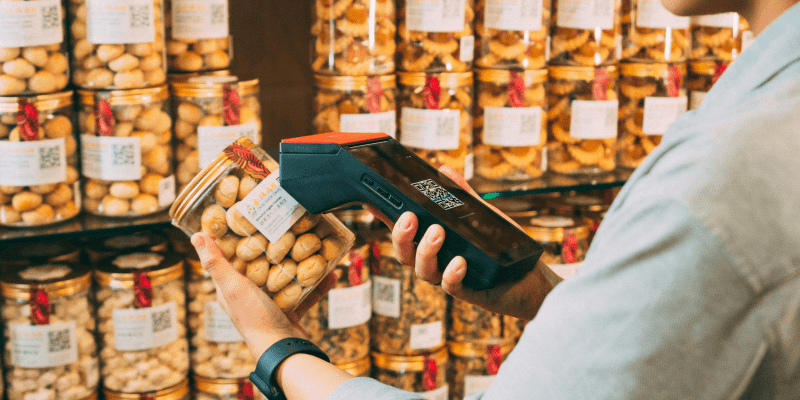
Most international brands fail in the U.S. because they underestimate the market’s complexity and don’t invest in the right partnerships. To avoid these mistakes, brands must:
- Work with a broker to access key retail and wholesale channels.
- Adapt their product positioning to U.S. consumer expectations.
- Scale strategically, prioritizing high-impact markets first.
- Get pricing and cost structures right to maintain long-term profitability.
- Build brand awareness through digital and retail marketing efforts.
For brands looking to succeed in the highly competitive U.S. market, planning, execution, and the right partnerships make all the difference.
At Group MCC, we specialize in guiding international brands through this process, ensuring they avoid costly mistakes and achieve sustainable growth. Contact us today to learn how we can help your brand thrive in the U.S. market.

